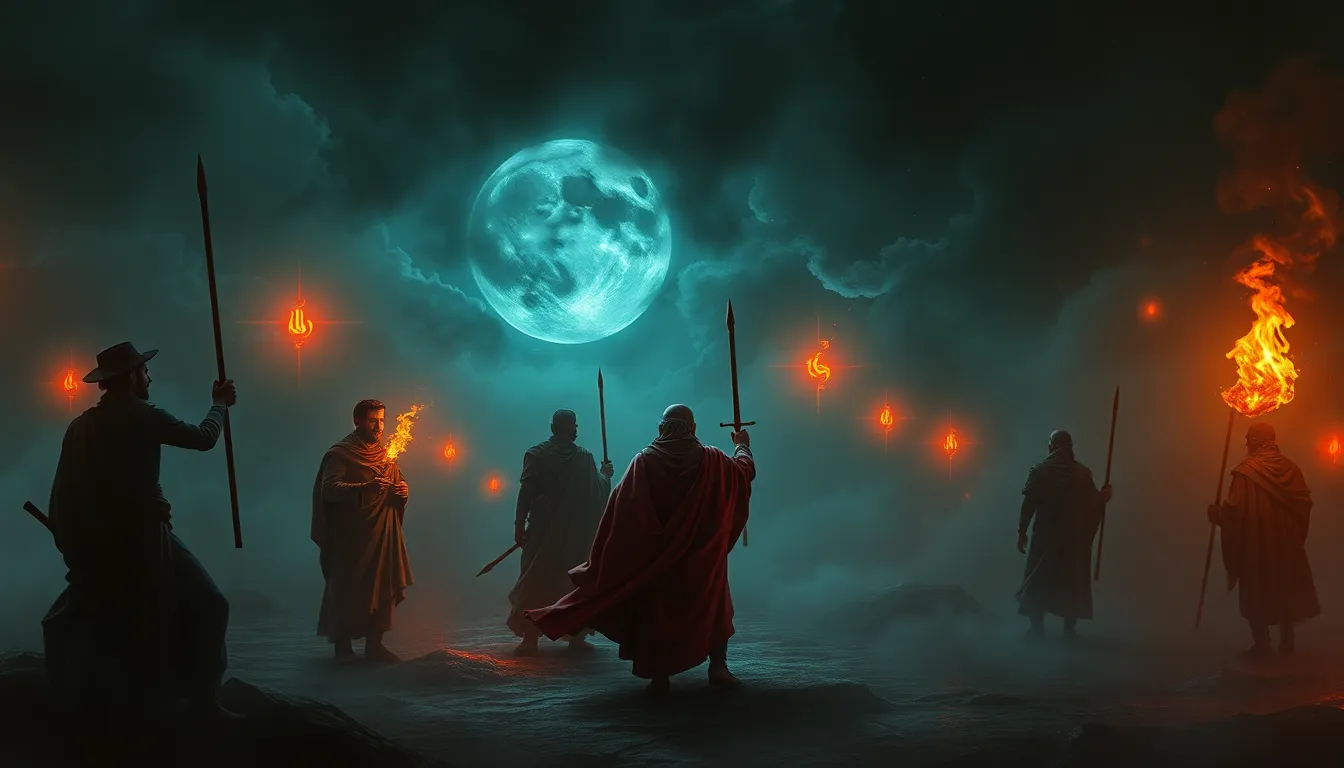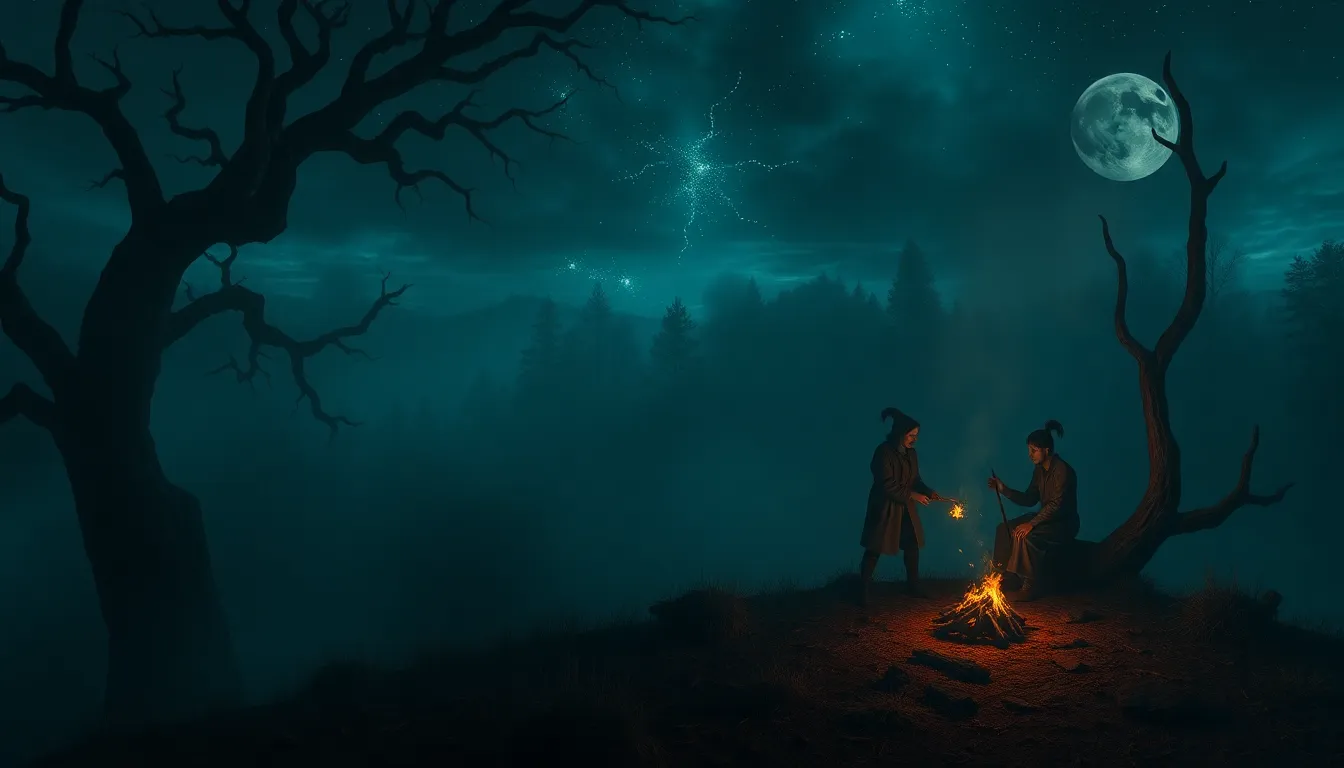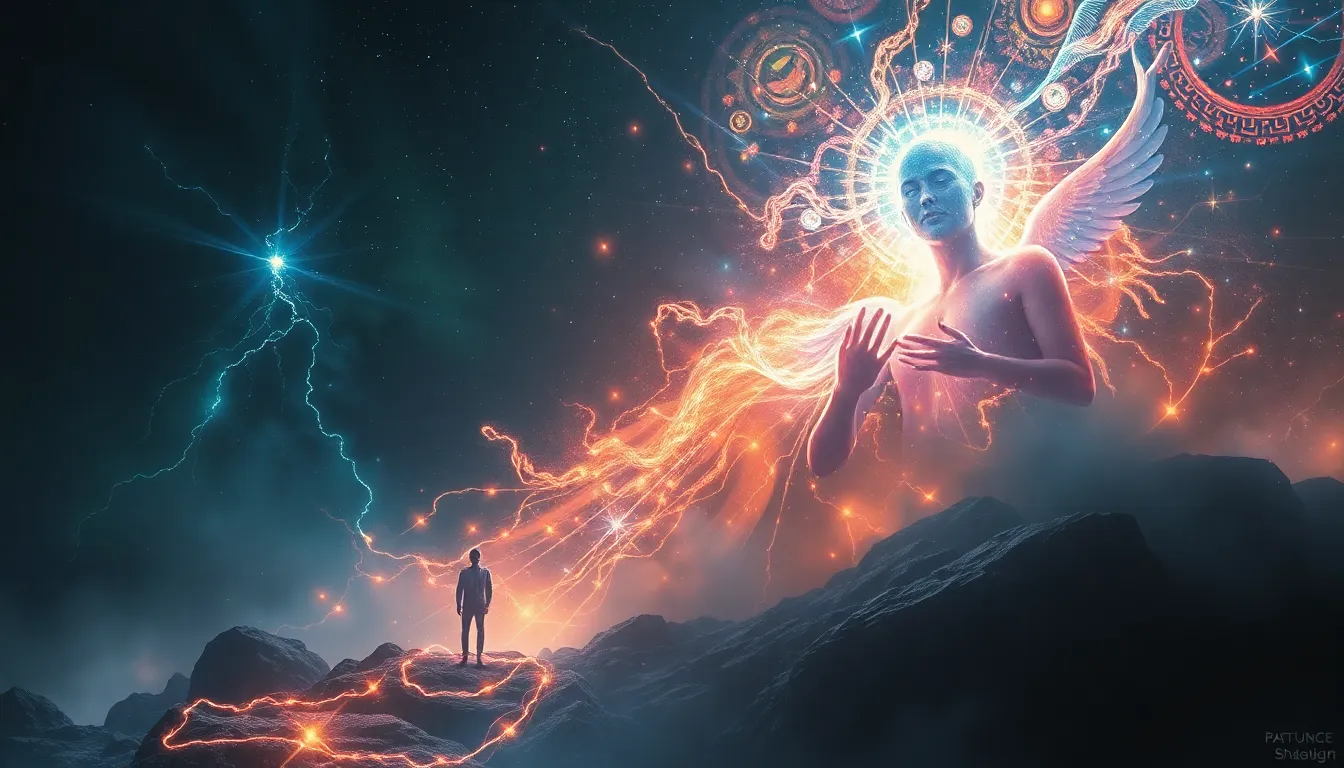Moral Myths and the Struggle for Justice: Stories of Resistance
I. Introduction
Moral myths are narratives that societies create to justify their values, beliefs, and actions. These myths often shape our understanding of right and wrong, influencing how we perceive justice and injustice. They can serve as a double-edged sword, providing a sense of identity and cohesion while simultaneously perpetuating oppression and inequality.
The struggle for justice is a fundamental aspect of human history, marked by the relentless quest for equality and fairness. Within this struggle, resistance plays a crucial role, as it embodies the efforts of individuals and groups to challenge and dismantle oppressive structures. This article aims to explore various stories of resistance and their moral implications, shedding light on how these narratives can reshape societal values and promote justice.
II. The Concept of Moral Myths
Moral myths are defined by their ability to create a moral framework that guides behavior and societal norms. They often include:
- Overarching narratives that define what is considered just or unjust.
- Historical context that provides a backdrop for societal beliefs and practices.
- Emotional appeal that resonates with shared values and experiences.
Throughout history, moral myths have played a significant role in shaping societies. For example, the myth of the “American Dream” has fueled aspirations for success and equality, yet it has also obscured the systemic inequalities that hinder many from achieving this ideal.
The impact of moral myths on perceptions of justice is profound. They can reinforce existing power structures, making it difficult for marginalized voices to be heard and recognized. When a society’s moral myths are challenged, it can lead to a re-examination of what justice truly means.
III. The Role of Resistance in Challenging Moral Myths
Resistance is defined as the act of opposing or standing up against authority or oppression. It manifests in various forms, including:
- Peaceful protests
- Civil disobedience
- Grassroots organizing
- Artistic expression
The historical context of resistance movements reveals an evolution of tactics and ideologies. From the suffragette movement advocating for women’s rights to contemporary climate strikes led by youth activists, resistance has continuously adapted to meet the challenges of its time.
Resistance is essential in redefining moral narratives. By challenging prevailing myths, activists can shift public consciousness and create new understandings of justice that include the voices of the marginalized.
IV. Case Study: Civil Rights Movement in the United States
The Civil Rights Movement of the 1950s and 1960s represents a significant chapter in the struggle for justice in the United States. Key figures such as Martin Luther King Jr., Rosa Parks, and Malcolm X played pivotal roles in this movement, which sought to dismantle the systemic racism that permeated American society.
Moral myths surrounding race and justice were deeply entrenched, often portraying segregation and discrimination as acceptable. However, through acts of resistance such as the Montgomery Bus Boycott and the March on Washington, activists challenged these narratives and advocated for equality.
The resistance efforts during this period reshaped societal views on equality, leading to landmark legislation such as the Civil Rights Act of 1964 and the Voting Rights Act of 1965. These changes reflect how collective action can challenge moral myths and promote justice.
V. Global Perspectives: Resistance Movements Worldwide
Resistance movements are not confined to the United States; they span the globe and reflect diverse struggles for justice. Notable examples include:
- The Anti-Apartheid Movement in South Africa, which fought against racial segregation and oppression.
- The Arab Spring, a series of protests and uprisings across the Middle East and North Africa aimed at overthrowing dictatorial regimes.
In both contexts, moral myths played a significant role. In South Africa, the myth of racial superiority justified apartheid, while in the Arab world, myths surrounding stability and security were used to suppress dissent. Resistance movements in these regions have challenged these narratives, highlighting the importance of global solidarity in the fight for justice.
VI. The Intersection of Moral Myths and Gender Justice
Gender justice is another critical area where moral myths shape societal attitudes. Feminist resistance movements have emerged to address systemic gender inequality and challenge patriarchal norms. Key movements include:
- The #MeToo movement, which brought attention to sexual harassment and assault.
- The women’s suffrage movement, which fought for women’s right to vote.
These movements illustrate the challenges of dismantling deeply ingrained patriarchal moral myths that perpetuate gender-based violence and inequality. By resisting these narratives, feminists have worked to redefine what justice means in the context of gender.
VII. Indigenous Resistance and the Fight for Justice
Indigenous peoples worldwide have faced colonization and oppression, leading to significant struggles for justice. Indigenous resistance movements often focus on reclaiming land, culture, and rights. Moral myths surrounding land ownership and sovereignty have historically justified colonization and dispossession.
Stories of resistance, such as the Standing Rock protests against the Dakota Access Pipeline, highlight the ongoing fight for indigenous rights and cultural identity. These movements challenge the prevailing narratives that have marginalized indigenous voices and advocate for justice and recognition.
VIII. The Role of Art and Literature in Resistance
Art and literature have long been powerful tools for resistance, challenging moral myths and inspiring change. Through storytelling, artists and writers can convey the experiences of marginalized communities and provoke critical thought. Notable examples include:
- Harriet Beecher Stowe’s “Uncle Tom’s Cabin,” which played a role in the abolitionist movement.
- Audre Lorde’s poetry, which addresses issues of race, gender, and sexuality.
The power of storytelling lies in its ability to shape public consciousness, fostering empathy and understanding that can lead to social change.
IX. Modern-Day Resistance: Challenges and Triumphs
Contemporary movements such as Black Lives Matter and climate justice campaigns continue the legacy of resistance. These movements address systemic racism, environmental degradation, and social inequality. The relevance of moral myths persists, as they often underpin the narratives used to justify oppression and inaction.
Effective resistance in the current climate requires innovative strategies, including:
- Utilizing social media to mobilize support and raise awareness.
- Building coalitions across diverse movements to create a unified front.
- Engaging in grassroots organizing to empower local communities.
X. Conclusion
The struggle for justice is an ongoing journey shaped by moral myths and the resistance against them. By examining stories of resistance across various contexts, we can understand the profound impact these narratives have on societal values and perceptions of justice. As we move forward, the importance of challenging moral myths and advocating for justice remains critical in creating a fairer and more equitable world.



